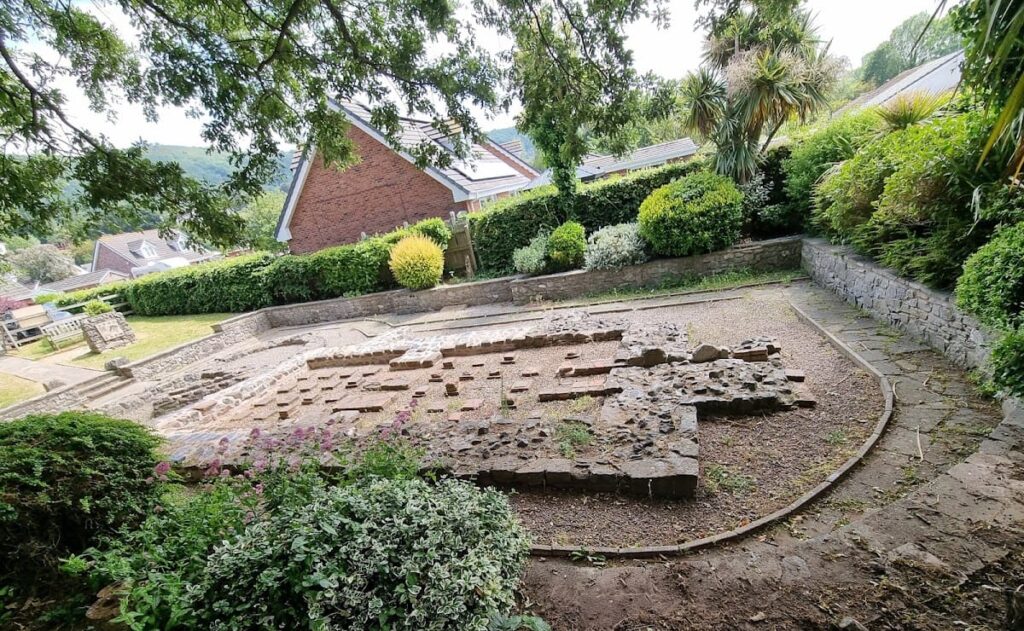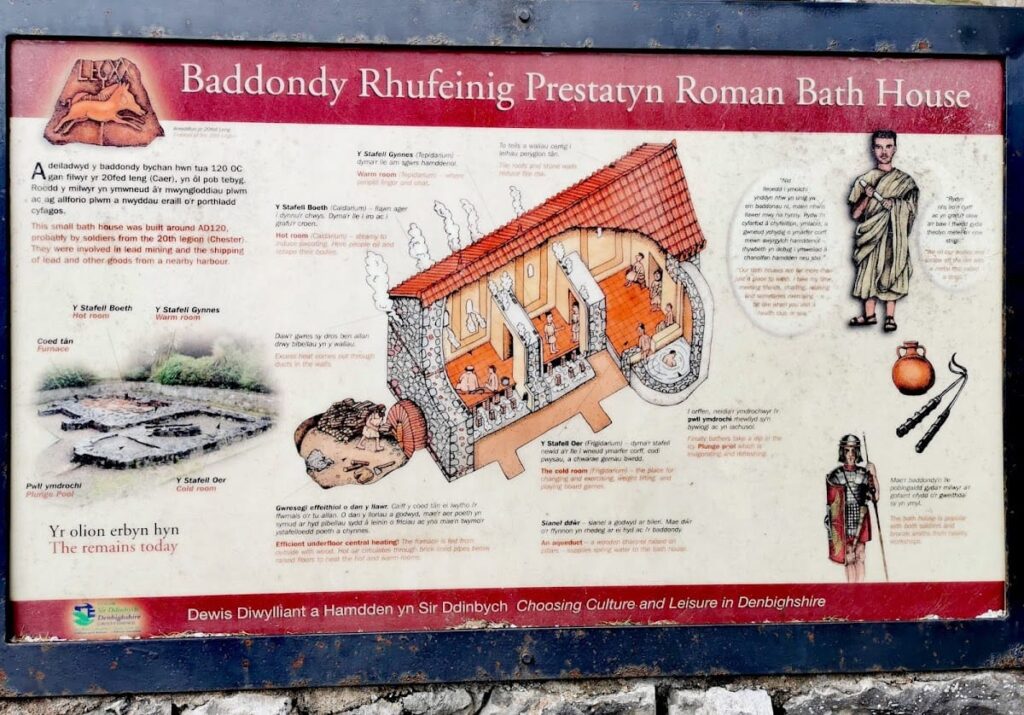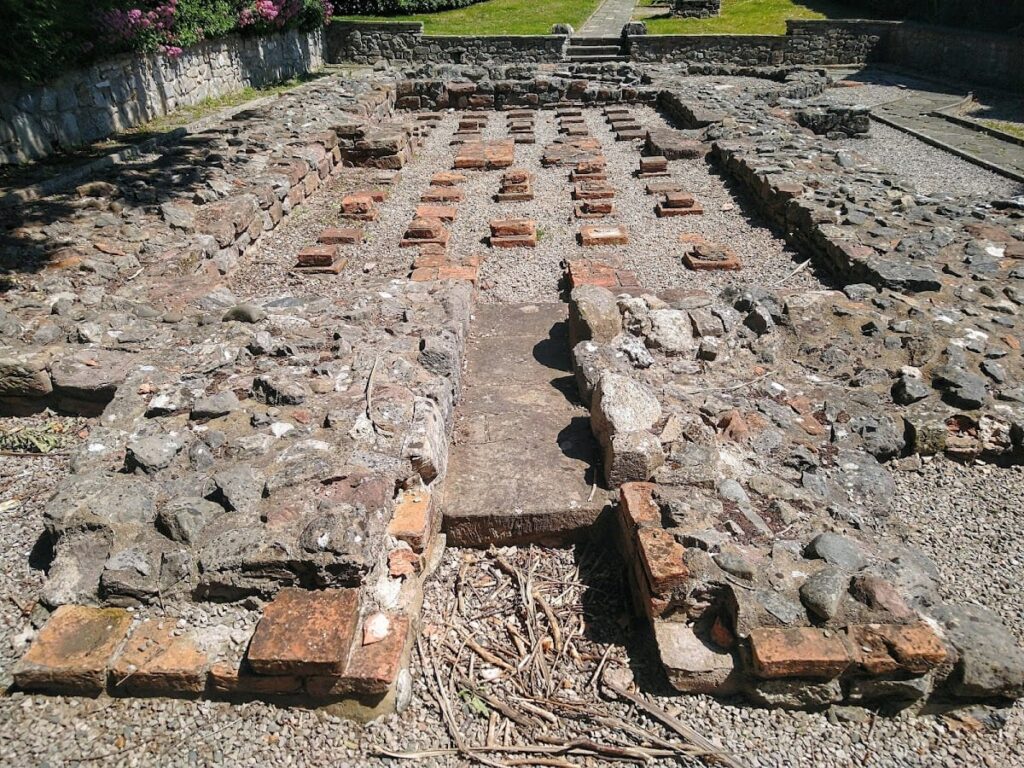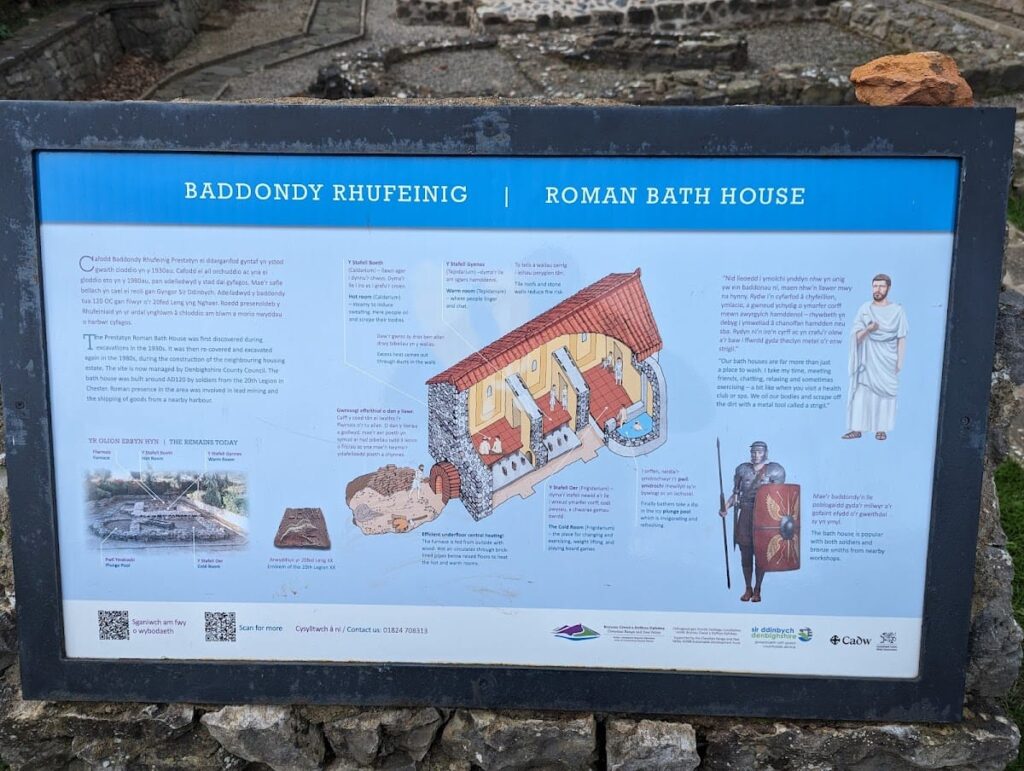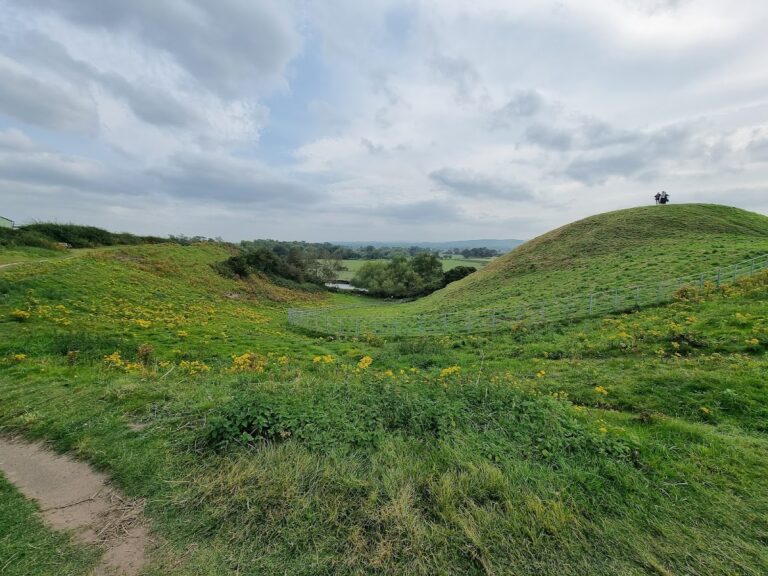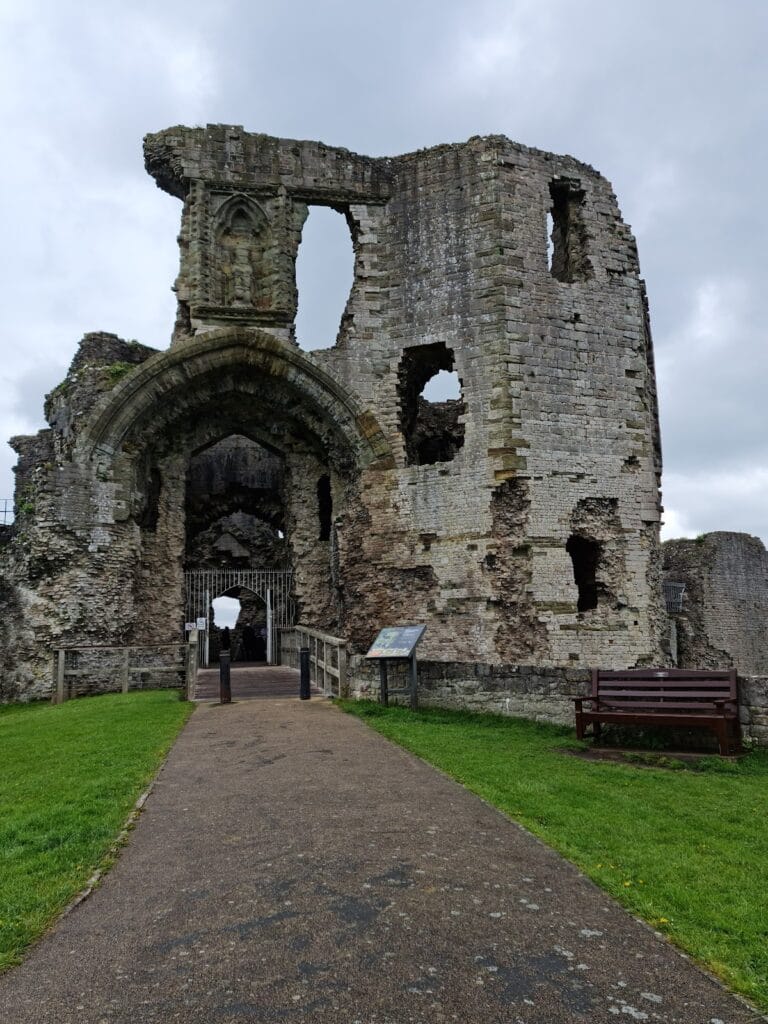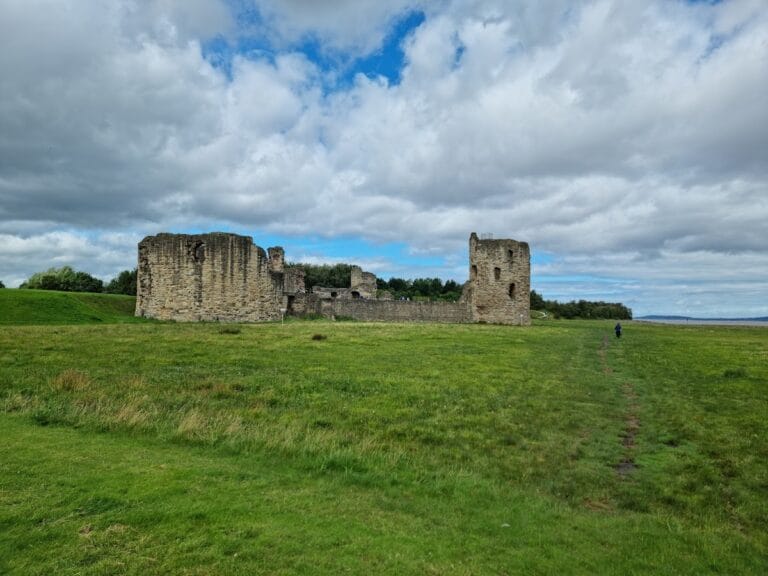Prestatyn Roman Baths: A Roman Vicus and Bathhouse in Wales
Visitor Information
Google Rating: 4.4
Popularity: Low
Google Maps: View on Google Maps
Official Website: countyvoice.denbighshire.gov.uk
Country: United Kingdom
Civilization: Roman
Remains: Sanitation
History
The Prestatyn Roman Baths are located in Prestatyn, Wales. This site was established by the Romans during their occupation of Britain, linked closely to the region’s lead mining industry. The baths and surrounding settlement served a civilian population.
Before the Roman arrival, the area showed signs of earlier activity, including an infant burial and a roundhouse, suggesting some local mining and habitation during the Iron Age. These findings indicate that the site had significance even before Roman influence expanded.
Around AD 120, the Romans constructed the initial phase of the bathhouse. The settlement, identified as a vicus, a civilian community, grew to support the nearby lead mines. This industrial activity increased under Roman control, and the vicus likely functioned as a port for shipping lead across the empire.
Later modifications to the bathhouse included the addition of a cold room and plunge pool. The site was a mixed-use complex with workshops and residential buildings supporting mining operations.
Roman historian D.W. Harris suggested that this settlement might be the lost Roman site known as Varae, though this remains speculative. Over time, the vicus declined, and the area was eventually abandoned, leaving behind archaeological remains that reveal its industrial and social history.
Remains
The site features the remains of a Roman bathhouse constructed in two main phases. The original building dates to around AD 120, with later additions including a cold room and plunge pool. The bathhouse was built using masonry and stamped tiles from the Twentieth Legion (Legio XX), confirming Roman military involvement in supplying materials.
Adjacent to the bathhouse are timber structures once puzzling to archaeologists but now identified as workshops. These buildings indicate the vicus combined industrial and residential functions, supporting the local lead mining economy.
The bathhouse layout is well preserved enough to convey the historic use. Building rubble dated to about AD 150 suggests repairs or modifications occurred during the site’s use.
The archaeological area extends beyond the bathhouse to include Iron Age and Roman deposits, reflecting a long history of occupation. The site lies within a small landscaped park surrounded by modern housing, with natural features such as wetlands and wildlife present.
The remains are fragmentary but have been stabilized and partially restored to allow understanding of their original function and context.

